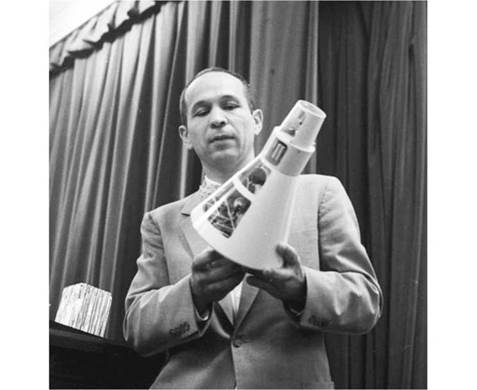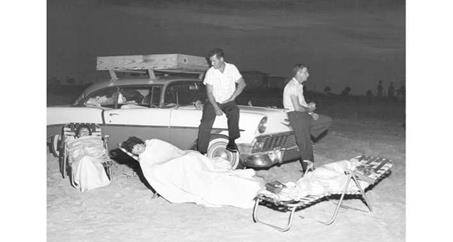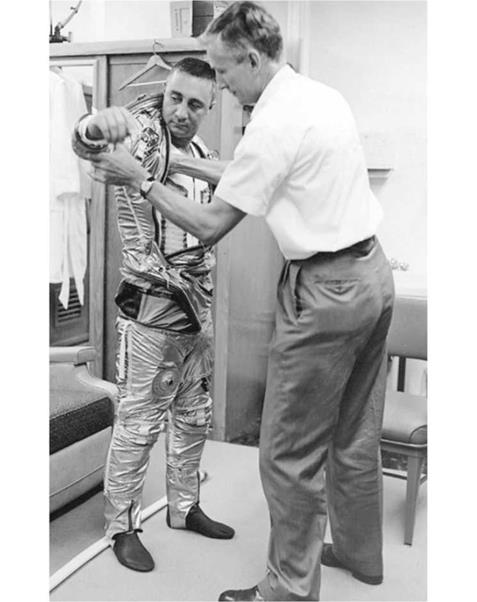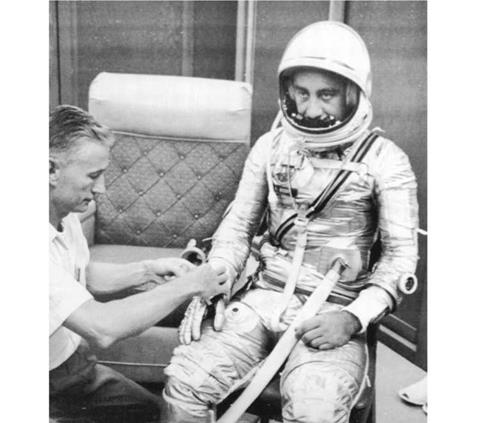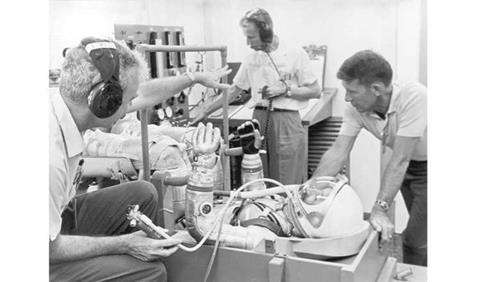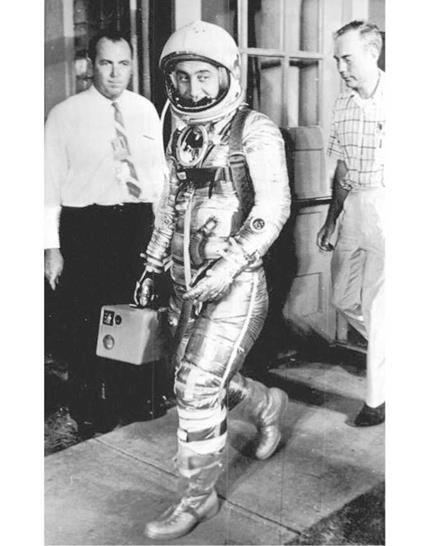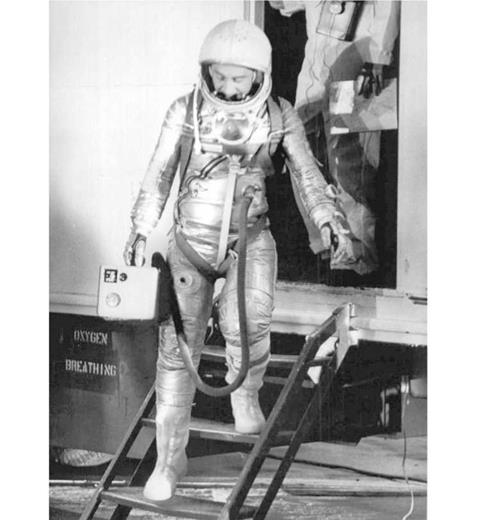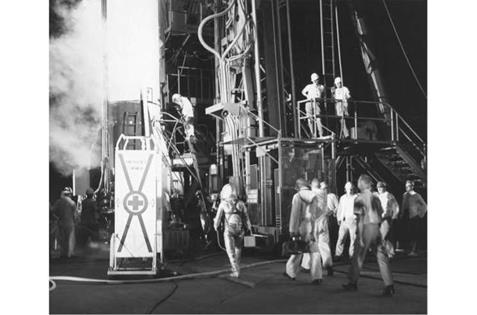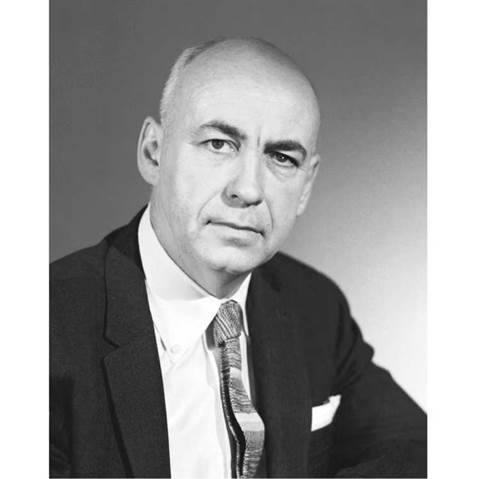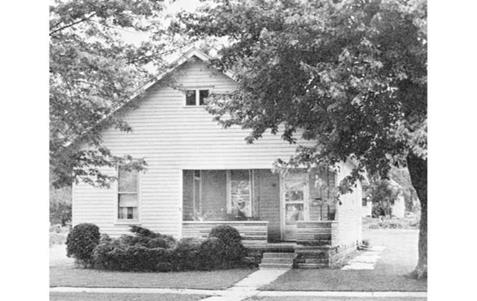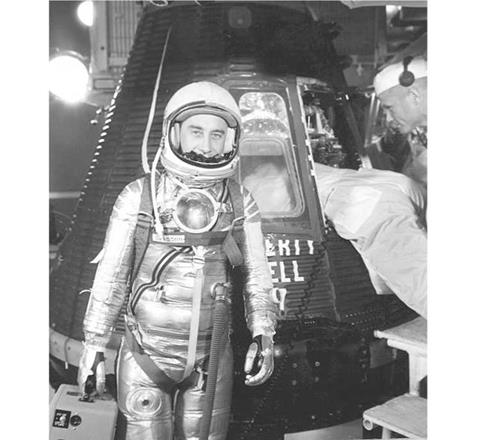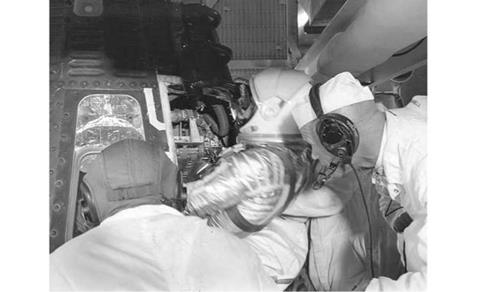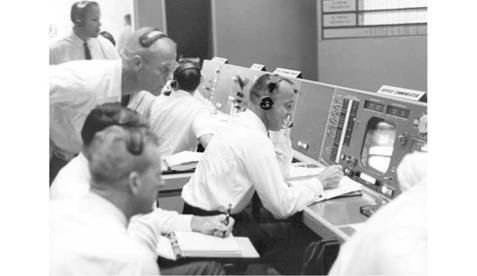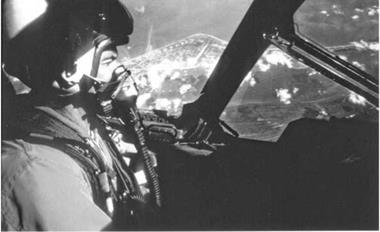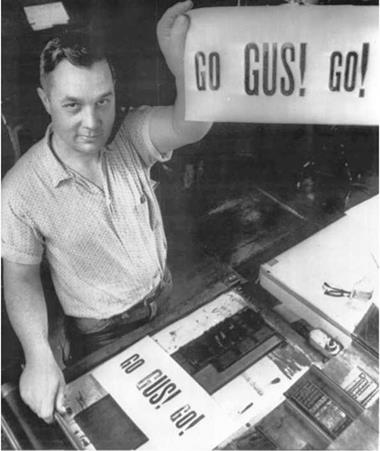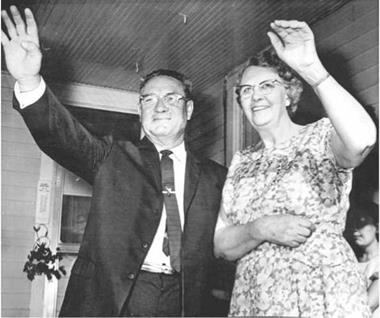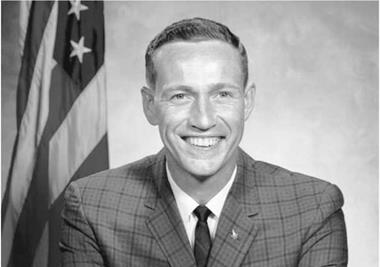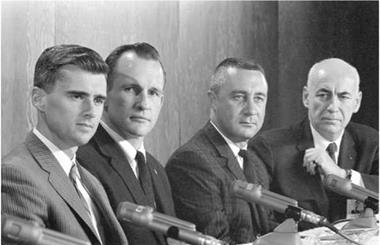Over several months, Grissom and Young practically lived with their spacecraft at the McDonnell plant, spending scores of hours training in simulators, memorizing every switch, knob, light, dial, and handle until they could quickly and instinctively find each one in moments.
As the first astronaut to fly both Mercury and Gemini spacecraft, Grissom offered a comparison between the two vehicles.
“The most important difference in the Gemini spacecraft is the amount of control the pilot exercises over all the functions. Gemini is the first true pilot’s spacecraft. Although Mercury was handled in flight a good deal by manual control, it was designed essentially as a fully automatic machine with manual control capability as a backup to the automatic systems. We have proven that we can contribute a great deal to the successful accomplishment of the mission by controlling the spacecraft, but we had to override the automatic system to make our point.
“The original concept in manned Mercury flights was that the pilot would go along as an observer since his capabilities in space were unknown at that time. Gemini, on the other hand, demands pilot response in all its functions. The pilot must decide whether to abort a mission during the boost phase, he separates the spacecraft from the booster, he steers the craft from one orbit to another, he [does the] rendezvous with the Agena capsule, he must decide when and where to reenter the Earth’s atmosphere, he must control the reentry, and then guide the spacecraft to a safe landing at a predetermined point. Gemini will be a pilot-controlled operational spacecraft, not just a research and development vehicle.
“The escape system on the Gemini is a rocket ejection seat similar to that used on high-performance aircraft. Either the command pilot or the pilot can eject both seats simultaneously by pulling a lanyard located between his legs. There is no automatic sensing device to eject the seats. The pilot has to make his own decision to either eject and abort the mission or ride it out.”4
Gemini 3 (GT-3) was always planned as a shakedown trial of the new spacecraft, and although it was only ever designated a three-orbit flight, GT-3 was nevertheless a crucial mission chock-full of tests and other activities right through to splashdown.
Its prime objectives were to demonstrate manned orbital flight in the spacecraft; to demonstrate and evaluate the capability to maneuver the spacecraft; to demonstrate and evaluate the operation of the worldwide tracking network; to evaluate the performance of onboard systems; and to recover the spacecraft and evaluate the recovery system.
At 9:24 a. m. (EST) on 23 March 1965, Grissom and Young were launched into orbit. According to the transcript, on liftoff CapCom Gordon Cooper even gave the spacecraft’s name his own blessing by saying, “You’re on your way, Molly Brown.” To which Grissom responded, “Yeah, man… oh, man!” At launch, Grissom had both gloved hands gripping the D-ring, ready to trigger the ejection seats at any time during the first fifty seconds of the flight, after which they were not a viable means of escape. Young, being more trusting of his commander and the spacecraft, kept his hands firmly in his lap as Grissom later reported.
The two astronauts then successfully completed a near-perfect three-orbit mission in a little less than five hours.
For Grissom, there was only one significant unanticipated incident during the splashdown. This was due to the fact that the Gemini spacecraft had been designed to land at an angle in the water rather than base-first like Mercury. Accordingly the parachute harness was rigged so that as the main parachute filled, the capsule was snapped from the vertical to a 45-degree landing attitude. Neither astronaut was prepared for the shock and severity of this action when the nose suddenly dropped after the main chute opened, and they were thrown forward. Grissom’s helmet hit a knob on the instrument panel, both cracking his faceplate and making a small hole. Young’s faceplate was similarly scratched following the jarring movement. Grissom later recommended that a small warning buzzer be installed to alert the crew when this action was about to take place.
|
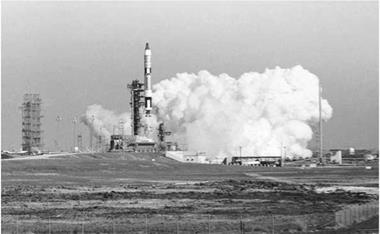
The launch of the GT-3 mission carries Gus Grissom and John Young into orbit. In the process, Grissom entered the history books as the first person to be launched into space a second time. (Photo: NASA)
|
|
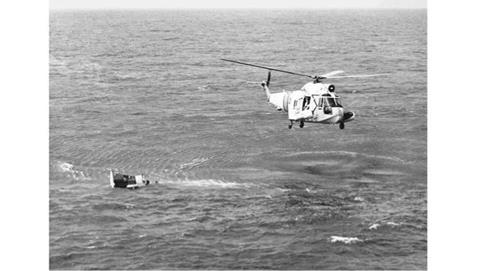
As a Navy helicopter hovers overhead, divers attach the flotation collar to the Gemini spacecraft. (Photo: NASA)
|
As Grissom later recalled, when Molly Brown splashed down in the Atlantic, “In all honesty I must state that my first thought as we hit the water was, ‘Oh my God, here we go again!’ The Gemini spacecraft is designed so that the left window, my window, will be above water after landing, but instead of looking up at blue sky, I was peering down at blue water. I realized that I hadn’t cut loose our parachute, and the wind was blowing it across the water, dragging us along underneath like a submarine. Remembering that prematurely blown hatch on my Liberty Bell 7, it took all the nerve I could muster to reach out and trigger the parachute-release mechanism. But with the parachute gone, we bobbed to the surface like a cork in the position we were supposed to take.”5
Shortly thereafter an Air Rescue Service C-54 Skymaster deployed a pararescue team into the water, followed by another dive team dropped from a Navy helicopter, which attached the spacecraft’s floatation collar. Meanwhile, as Grissom later noted, he and Young were experiencing waves of nausea in their swaying spacecraft.
“It was, to put it bluntly, hot as hell inside the spacecraft, and that, coupled with the pitching and rolling, gave both of us some uncomfortable minutes of seasickness. John managed to hang on to his meal, but I lost mine in short order. Then we climbed out of our space suits.”6
The information that they had landed a little short of the projected splashdown site was communicated to the astronauts, along with the fact that USS Intrepid, the recovery carrier, was 60 miles downrange and wouldn’t arrive in the area for about ninety minutes, so they decided to request a helicopter pickup rather than remain in their sweltering, swaying spacecraft.
“I left the spacecraft first,” Grissom explained, “because my hatch was the one fully out of the water and could be opened without danger of flooding the cabin. John Young told me that this was the first time he’d ever seen a captain leave his ship first, so I promoted him to captain on the spot, which, he later claimed, entitled him, as a navy man, to rechristen our spacecraft the USS Molly Brown”1
After being taken aboard the recovery helicopter they were flown to the Intrepid, where they underwent the mandatory debriefing soon after touching down.
Grissom later said that if NASA had asked him and Young to go back into space aboard the Molly Brown the next day, they would have done so with pleasure.
“She flew like a queen, did our unsinkable Molly” he stated with a smile.
Two years prior to his Gemini mission, on 25 January 1963 Grissom gave a talk entitled “Green on Gemini” at the U. S. Air Force Academy in Colorado Springs, in which he offered encouragement to those who might seek to join the space program as future astronauts.
“The training is tough and a lot of knowledge has to be crammed into our skull,” he stated. “At the same time, our bodies will be learning totally new responses, but the end result will give man a new freedom in space. Until now, man has been a
|
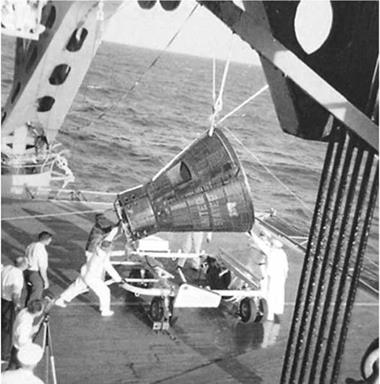
The crewless Molly Brown spacecraft is hoisted aboard the USS Intrepid, 23 March 1965. (Photo: NASA)
|
|
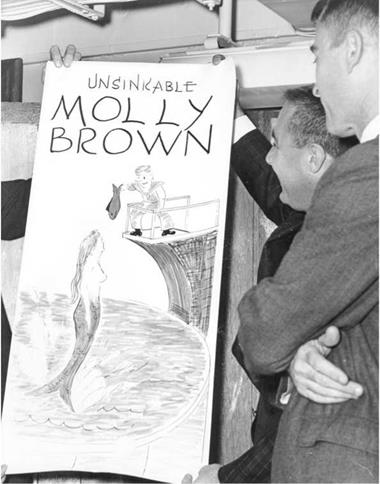
Gus Grissom and John Young admire a poster presented to them after their space flight by the Navy crew aboard the USS Intrepid. (Photo: NASA)
|
self-experimenting guinea pig, subjecting himself to space to test whether he can stand up to this hostile, new environment. With the Gemini program, man has stepped into his proper role – the explorer of space.”8











